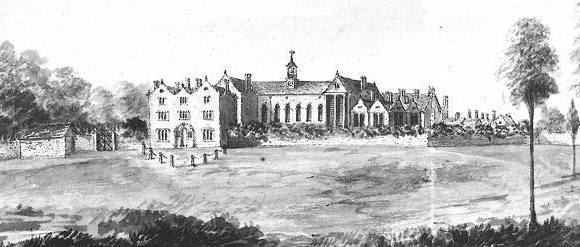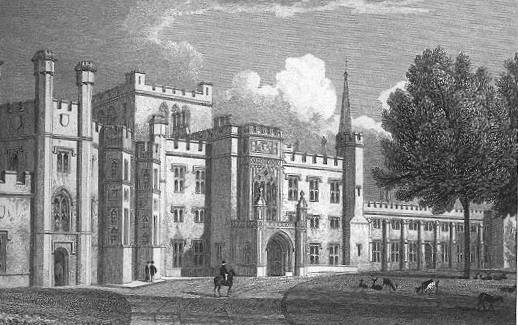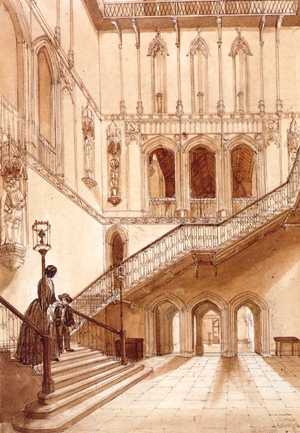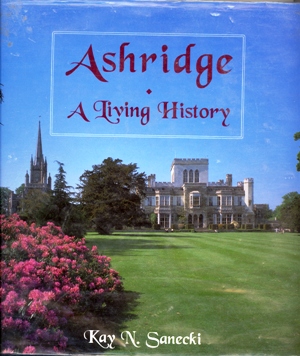Ashridge
A Living History
by Kay N. Sanecki
Published by Phillimore, 1996
Hardback, 82 pages, many pictures, no index
ISBN 1 86077 020 7

Ashridge in the 18th century
Ashridge began its seven centuries of well-recorded history as a monastery, first established by Edmund of Cornwall, nephew of Henry III, as the College of Bonhommes in 1283. As such, it became a place of pilgrimage, then, following the Dissolution, a royal home, used by the young Princess Elizabeth (later Queen Elizabeth I). From 1604 to 1848 the Egertons, as Earls and Dukes of Bridgewater owned the vast estate straddling the Hertfordshire-Buckinghamshire border, among them the famous 3rd Duke, Francis, pioneer of inland navigation, affectionately remembered as the Canal Duke.
The 7th Earl of Bridgewater had replaced the crumbling monastic buildings with the present fabric by the architect, James Wyatt, now Grade I listed, before the estate was inherited by the Earls Brownlow, who brought an elegance and vibrancy to the house and are still remembered as philanthropic landlords. When the 3rd Earl Brownlow died in 1921 the estate was broken up, giving the National Trust the opportunity to acquire beech and oak woodlands of prime importance and a unique national park. At the heart of it the great building again became a seat of learning - as it had begun seven centuries earlier - of international renown.
From the Dust Jacket

The North Front in 1829
 |
Watercolour of the elegant rose and gold dining room [1845] looking towards the conservatory beyond. |
|
Brown ink and wash [1850] captures the main hall and tower interior at the time Viscount Alford inherited Ashridge |
 |
There is a web page for Ashridge
| Locating
Books At the time this page was last updated new and second hand copies could be ordered online |
Page updated January 2008
